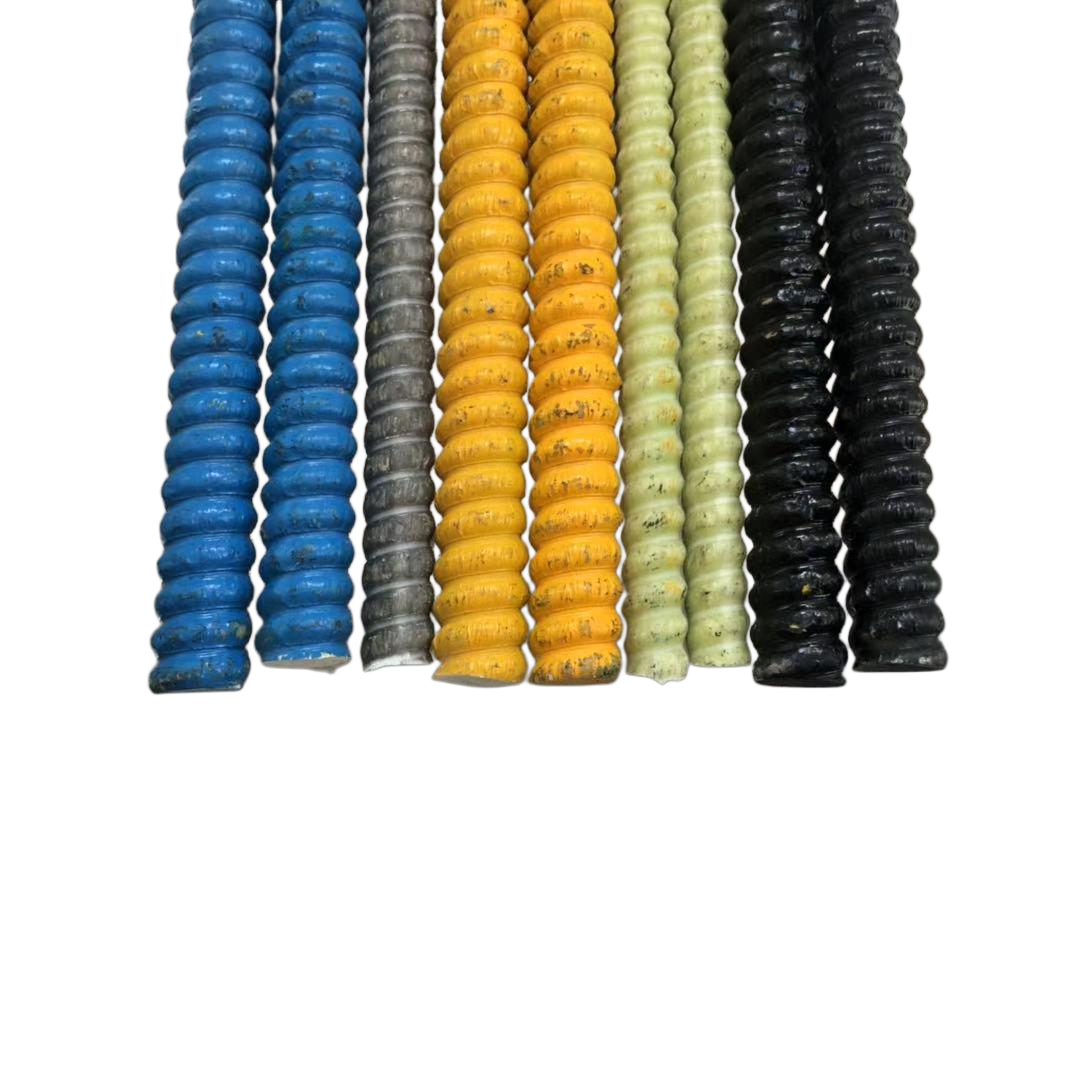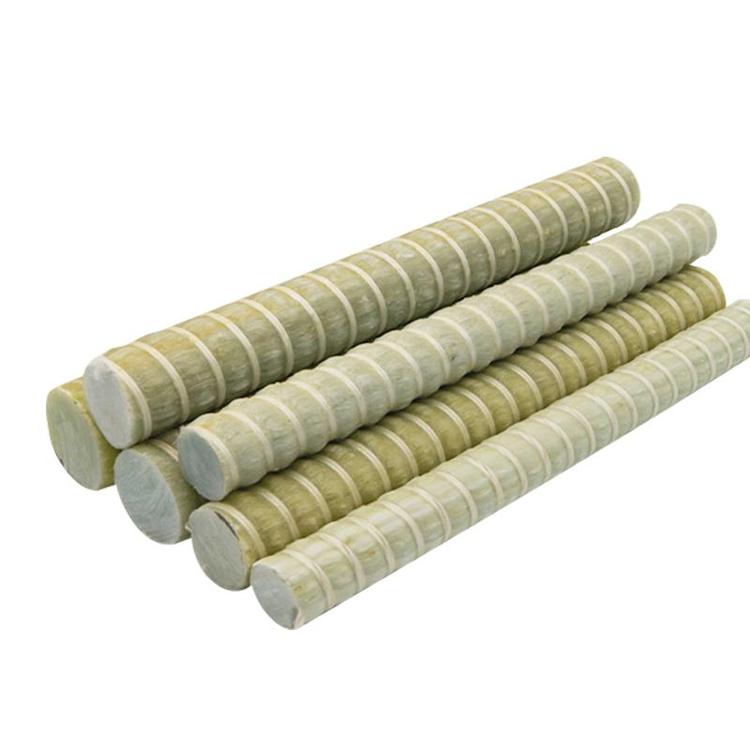Introduction
Fiberglass Reinforced Panels (FRP) have become an essential material in various industries due to their exceptional strength-to-weight ratio, durability, and versatility. These panels are widely used in construction, automotive, aerospace, and marine applications. Understanding the thickness of FRP is crucial for engineers and designers to ensure structural integrity and optimize performance. This article delves into the factors that determine the thickness of fiberglass reinforced panels, their applications, and the implications of thickness variations. Explore how Fiberglass Reinforcement Profile technology influences panel thickness and contributes to advancements in material science.
Understanding Fiberglass Reinforced Panels
Fiberglass Reinforced Panels are composite materials made by combining a plastic matrix with fiberglass reinforcement. The plastic matrix is typically a thermosetting resin like polyester, epoxy, or vinyl ester, which binds the fiberglass strands together to form a solid panel. The fiberglass provides strength and rigidity, while the resin matrix holds the fibers in place and transfers loads between them.
The thickness of FRP panels varies depending on the application requirements, manufacturing processes, and material specifications. Thickness plays a critical role in determining the mechanical properties of the panel, such as tensile strength, flexural strength, and impact resistance. It also affects the panel's weight, insulation properties, and cost.
Manufacturing Processes and Their Impact on Thickness
Several manufacturing processes influence the thickness of FRP panels:
- Hand Lay-Up: This traditional method involves manually placing fiberglass layers and resin onto a mold. Thickness is controlled by the number of layers used. While versatile, it is labor-intensive and may result in variable thickness.
- Spray-Up: Fiberglass and resin are sprayed onto a mold. This method allows for faster production but may have less control over thickness uniformity.
- Resin Transfer Molding (RTM): In this closed molding process, resin is injected into a mold containing fiberglass reinforcement. RTM provides better control over thickness and fiber-to-resin ratios, resulting in consistent panel properties.
- Pultrusion: This continuous process pulls fibers through a resin bath and then through heated dies to form constant cross-sectional profiles. It's ideal for producing standardized shapes with precise thickness, such as Fiberglass Reinforcement Profiles.
Standard Thicknesses in Industry Applications
The required thickness of FRP panels varies widely based on their intended use:
Construction Industry
In construction, FRP panels are used for wall coverings, roofing, and structural components. Standard thicknesses range from 0.09 inches (2.3 mm) for interior wall panels to over 0.5 inches (12.7 mm) for structural applications. The choice of thickness depends on factors such as load-bearing requirements, fire ratings, and thermal insulation needs.
Automotive and Aerospace Industries
For automotive and aerospace components, weight reduction is crucial. FRP panels used here are often thinner, typically between 0.05 inches (1.27 mm) and 0.2 inches (5 mm). These panels must provide high strength while minimizing weight to improve fuel efficiency and performance.
Marine Applications
In marine environments, FRP panels are used for hulls, decks, and bulkheads. Thickness can vary significantly based on vessel size and type but generally ranges from 0.12 inches (3 mm) to over 1 inch (25.4 mm). The panels must withstand harsh environmental conditions, including exposure to saltwater, UV radiation, and mechanical stress.
Factors Influencing Panel Thickness
Several key factors influence the selection of FRP panel thickness:
Load-Bearing Requirements
The thickness must accommodate the mechanical loads the panel will encounter during its service life. This includes static loads, dynamic impacts, and environmental stresses. Engineers use calculations based on material properties and load scenarios to determine the appropriate thickness.
Environmental Conditions
Exposure to chemicals, moisture, temperature fluctuations, and UV light can affect the longevity of FRP panels. Thicker panels may offer better resistance to permeability and degradation in harsh environments.
Thermal and Acoustic Insulation
In applications where thermal or acoustic insulation is important, thicker panels provide better performance. This is particularly relevant in building construction, where energy efficiency and soundproofing are critical.
Cost Considerations
Material costs increase with thickness. Therefore, optimizing panel thickness to meet performance requirements without excess material is essential for cost-effective design.
Advancements in Fiberglass Reinforcement Profiles
Innovations in Fiberglass Reinforcement Profile manufacturing have led to the development of panels with enhanced properties and optimized thicknesses. Techniques such as pultrusion and advanced resin formulations contribute to improved strength, durability, and weight savings.
For example, incorporating high-modulus fibers and nanomaterials can increase stiffness and strength, allowing for thinner panels without compromising performance. Additionally, resin systems with improved fire resistance or lower environmental impact are becoming more prevalent.
Case Studies
Highway Bridge Rehabilitation
In a recent project, FRP panels with a thickness of 0.5 inches (12.7 mm) were used to rehabilitate a deteriorating highway bridge. The panels provided the necessary structural support while adding minimal weight. The use of FRP reduced installation time and extended the bridge's service life without the need for complete reconstruction.
Marine Vessel Weight Reduction
A yacht manufacturer sought to improve fuel efficiency by reducing hull weight. By utilizing advanced FRP panels with a thickness of 0.2 inches (5 mm), the company achieved significant weight savings. The panels offered superior strength and corrosion resistance compared to traditional materials.
Design Considerations for Optimal Thickness
Designing FRP panels involves balancing various factors to determine optimal thickness:
Material Selection
Choosing the right combination of fibers and resin affects the mechanical properties and durability of the panel. High-strength fibers like carbon or aramid may allow for thinner panels but at a higher cost. Conversely, standard E-glass fibers offer a good balance of performance and affordability.
Structural Analysis
Finite Element Analysis (FEA) and other computational methods help engineers model the panel's behavior under various load conditions. This analysis informs decisions on thickness and reinforcement layouts to meet safety factors and compliance standards.
Manufacturing Constraints
The chosen manufacturing process may impose limitations on achievable thicknesses and tolerances. For example, pultrusion is excellent for consistent profiles but may not be suitable for very thick panels. Understanding these constraints is vital for effective design.
Implications of Thickness Variations
Variations in panel thickness can have significant implications:
Mechanical Performance
Thicker panels generally provide higher strength and stiffness, but excessive thickness can lead to unnecessary weight and material costs. Conversely, insufficient thickness may result in inadequate performance or failure under load.
Thermal Expansion and Contraction
Thicker panels may exhibit different thermal expansion characteristics, potentially leading to stresses and deformation in temperature-sensitive applications. Designers must account for these effects to prevent structural issues.
Acoustic Properties
Thickness influences the panel's ability to absorb or reflect sound. Thicker panels may provide better sound insulation, which is important in building construction and transportation industries.
Regulatory and Standardization Aspects
Compliance with industry standards and regulations is essential. Organizations like ASTM International and ISO provide guidelines on material properties and testing methods for FRP panels. Standards may specify minimum thicknesses for certain applications to ensure safety and performance.
For example, building codes may require specific fire ratings, which influence the choice of resin and panel thickness. Marine applications often have stringent standards for durability and resistance to environmental factors.
Future Trends in Fiberglass Reinforced Panel Thickness
The ongoing evolution of materials and manufacturing technologies continues to impact FRP panel thickness:
Advanced Materials
Research into new fiber types and resin systems aims to enhance performance and sustainability. Bio-based resins and recycled fibers are gaining attention for their environmental benefits. These materials may influence thickness requirements by offering improved properties.
Automation and Precision Manufacturing
Automation in manufacturing processes like automated tape laying (ATL) and automated fiber placement (AFP) allows for precise control over fiber orientation and thickness. These advancements enable the production of complex, optimized structures with variable thicknesses tailored to specific load conditions.
Integration with Smart Technologies
Embedding sensors and conductive materials within FRP panels can provide real-time monitoring of structural health. While this may slightly affect thickness, the benefits for maintenance and safety are significant.
Conclusion
The thickness of fiberglass reinforced panels is a critical parameter that influences their mechanical properties, environmental resistance, and suitability for various applications. By understanding the factors that determine optimal thickness, engineers and designers can create efficient, cost-effective, and durable structures. Advances in Fiberglass Reinforcement Profile technology continue to push the boundaries of what's possible with FRP panels, enabling innovative solutions that meet the evolving demands of multiple industries.
As the industry progresses, ongoing research and development will likely lead to even more sophisticated materials and manufacturing methods. These advancements will further refine our understanding of how thickness impacts performance, ultimately leading to safer, more efficient, and more sustainable applications of fiberglass reinforced panels.



























